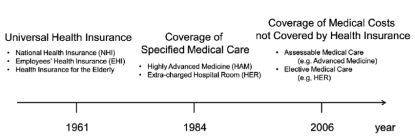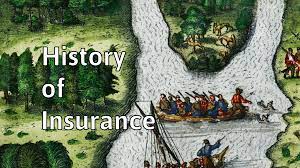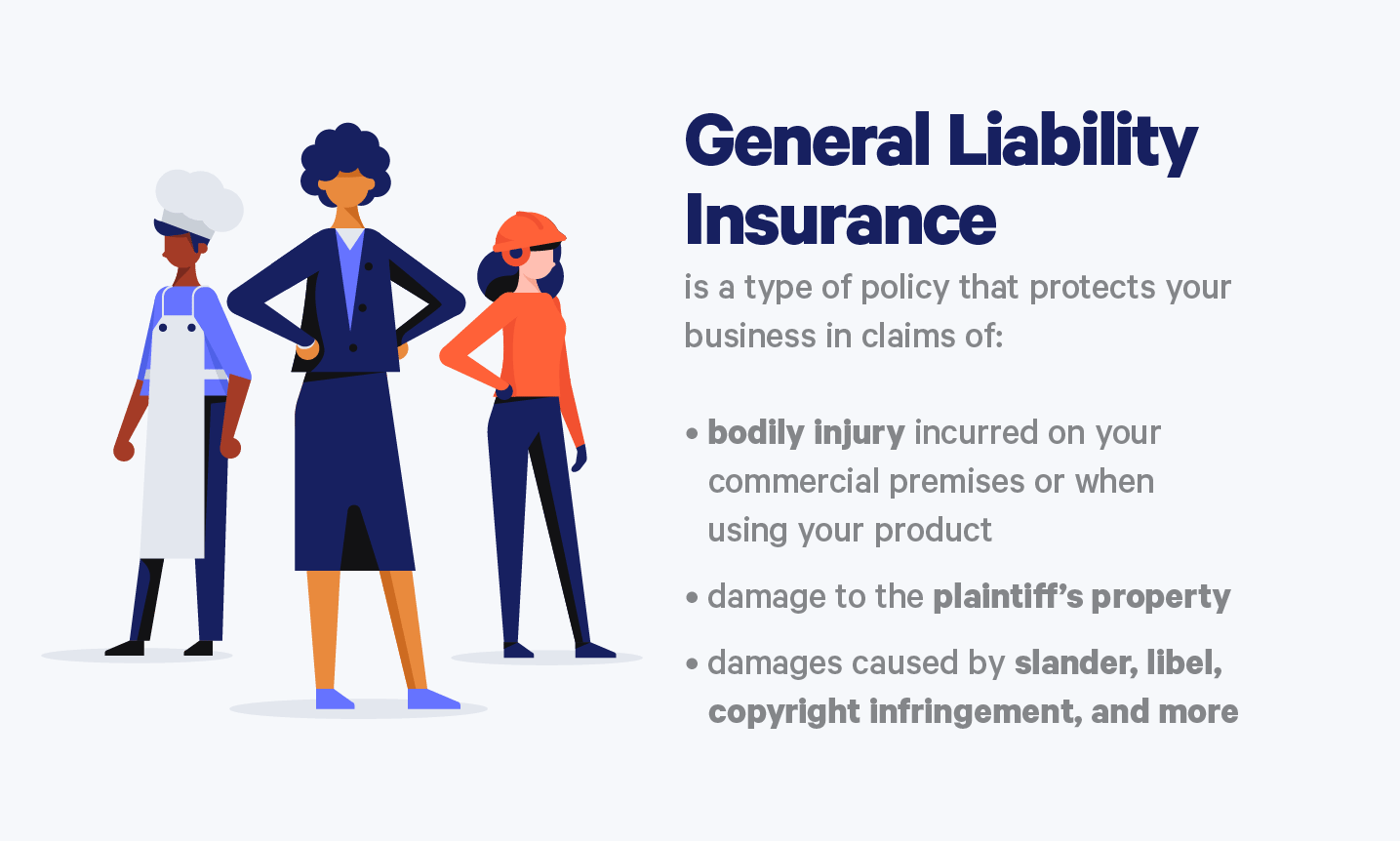Insurance in some structures is just about as old as chronicled society. Purported bottomry contracts were referred to shippers of Babylon as right on time as 4000–3000 BCE. Bottomry was likewise practised by the Hindus in 600 BCE and was surely known in old Greece as ahead of schedule as the fourth century BCE. Under a bottomry contract, vendors allowed credits with the arrangement that assumed the shipment was adrift somewhere in the middle of the ocean. The advance didn't need to be reimbursed. The interest on the credit covered the protection hazard.
Old Roman law perceived the bottomry contract in which an article of understanding was drawn up, and the contract saved reserves with a cash transformer. Marine investment turned out to be profoundly evolved in the fifteenth century. In Rome, additional entombment social orders paid burial service expenses of their individuals out of the month-to-month duty. The protection contract additionally grew early. It was known in antiquated Greece and other oceanic countries in business contact with Greece.

Fire protection emerged a lot later, getting catalyst from the Great Fire of London in 1666. Various insurance agencies were begun in England later 1711, during the supposed air pocket period. A considerable lot of them were false, easy money scams concerned basically with offering their protections to people in general. Two significant and effective English insurance agencies were framed during this period—the London Assurance Corporation and the Royal Exchange Assurance Corporation. Their activity denoted the start of present-day property and risk protection.

No person would finish any conversation of the early improvement of protection in Europe without reference to Lloyd's of London, the global protection market. It started in the seventeenth century as a café disparaged by vendors, financiers, and protection guarantors, continuously becoming perceived as the most probable spot to track down guarantors for marine protection. Edward Lloyd provided his clients with transportation data accumulated from the docks and different sources; this, in the long run, developed into the distribution Lloyd's List, still in presence. Lloyd's was redesigned in 1769 as a conventional gathering of financiers tolerating marine dangers. (The word financier is said to have gotten from the act of having each daring individual compose his name under the aggregate sum of hazard that he was ready to acknowledge at a predetermined premium.) With the development of British ocean power, Lloyd's became the predominant guarantor of marine dangers, which subsequently added fire and other property changes. Today Lloyd's is a significant reinsurer just as an essential safety net provider, yet it doesn't itself execute protection business; this is finished by the part guarantors, who acknowledge protection for their own and bear the full danger in rivalry with one another.
Benjamin Franklin coordinated the main American insurance agency in 1752 as the Philadelphia Contributionship. The principal extra security organization in the American provinces was the Presbyterian Ministers' Fund, coordinated in 1759. By 1820 there were 17 stock life coverage organizations in the province of New York alone. A large number of the early property insurance agencies fizzled from theoretical ventures, helpless administration, and insufficient appropriation frameworks. Others fizzled later the Great Chicago Fire in 1871 and the San Francisco seismic tremor and fire of 1906. There was minimal successful guideline, and rate-making was troublesome without improving useful insights. Numerous issues likewise plague the extra security business. In the period following the U.S. Common War, people created awful practices: profits were proclaimed that had not been acquired, holds were insufficient, publicizing claims were misrepresented, and places of business were raised that occasionally cost more than the all-out resources of the organizations. Thirty-three life coverage organizations fizzled somewhere in the range of 1870 and 1872, and another 48 somewhere in the range of 1873 and 1877.
Later 1910, extra security partook in a consistent development in the United States. The yearly development pace of protection in power over 1910–90 was around 8.4 per cent—adding up to a 626 crease increment for the 80-year time frame. Property-obligation protection had a, to some degree, more modest increment. By 1989 somewhere in the range of 3,800 property-risk and 2,270 disaster protection organizations were ready to go, utilizing almost 2,000,000 labourers. In 1987 U.S. safety net providers expounded on 37% of all charges gathered worldwide.
Likewise, entombment social orders in Rome paid memorial service expenses of their individuals out of the month-to-month contribution.
The protection contract additionally grew early. It was known in antiquated Greece and other oceanic countries in business contact with Greece.
Fire protection emerged a lot later, acquiring catalysts from the Great Fire of London in 1666. Various insurance agencies were begun in England later in 1711, during the purported bubble period. Large numbers were false, pyramid schemes concerned mostly with offering their protections to general society. Two significant and effective English insurance agencies were shaped during this period—the London Assurance Corporation and the Royal Exchange Assurance Corporation. Their activity denoted the start of current property and risk protection.







